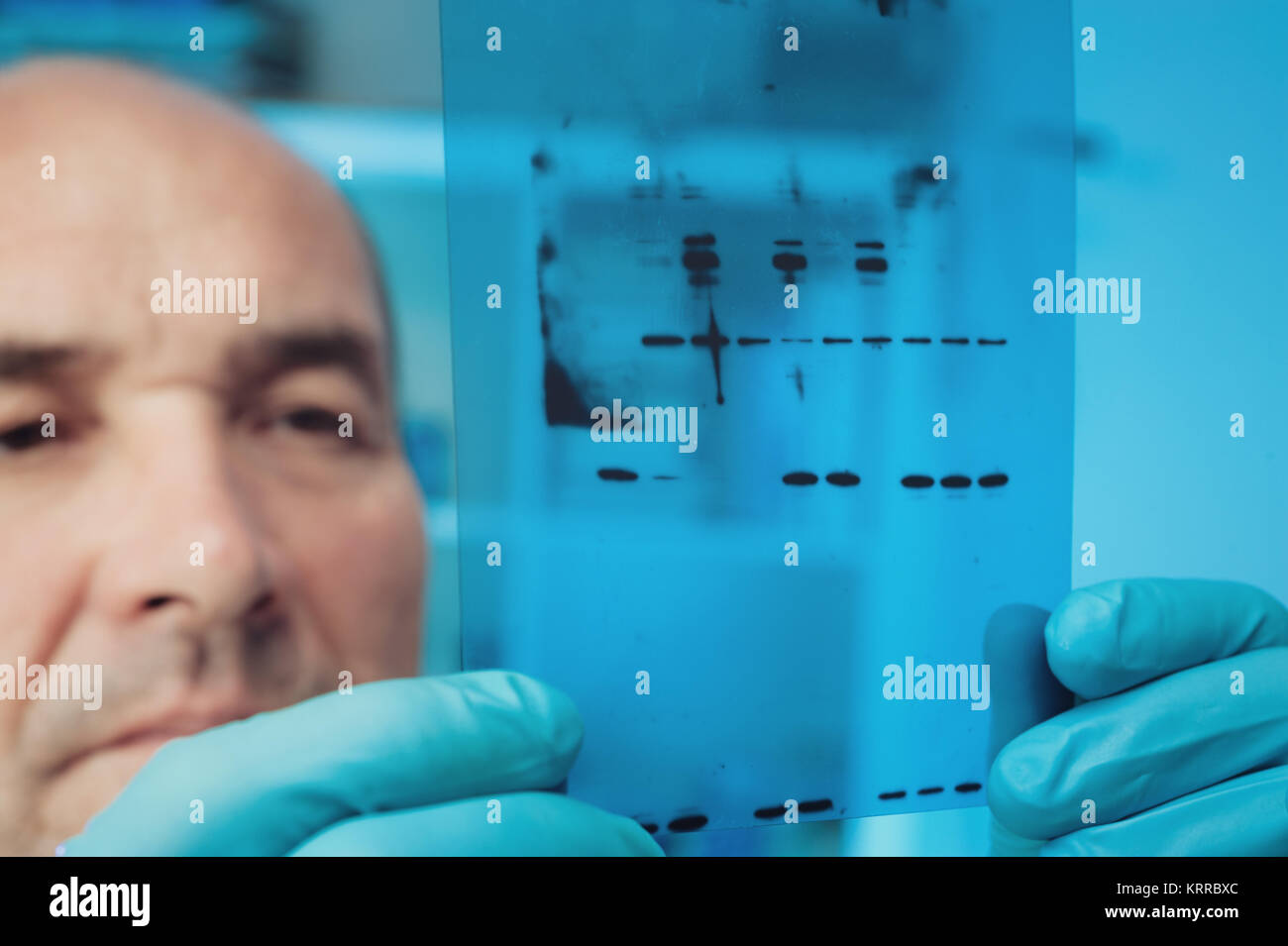
Which microbioreactor modules are best for you Which solid support is right for your oligo synthesis? Lab Automation, AI & Digital Transformation.Food Contamination: Quality, Safety & Authenticity.Minimizes or eliminates cross-reactivity associated with protein-based blocking buffers.More consistent product over home-made blockers.Ready-to-use 5% solution of nonfat powdered milk.High background with current blocking buffer.Biotin-free for use with streptavidin system.Protein-based formulation does not contain any immunoglobulins, albumin, or endogenous biotin, making it compatible in many situations where traditional blocking agents fail.Serum- and biotin-free single purified glycoprotein Multiplexing fluorescence western blotting.Particularly effective in applications involving multiplex fluorescence imaging.Useful in detection methods involving mammalian samples.Fluorescent and chemiluminescent applications.Use when high background seen with Non-fat milk.Imaging and storage of dry fluorescence blots Works with both nitrocellulose and low-fluorescence PVDF membranes.Blocks excess non-specific binding sites to help reduce background fluorescence.Best to use when storing reused antibodies in blockerīlocker FL Fluorescent Blocking Buffer (10x).Single purified protein provides fewer chances of cross-reaction with assay components than serum or milk solutions.Targeting phosphoproteins or need highest level of sensitivity High background is seen with Non-fat milk blockers.Targeting med-high abundant proteins or using antibodies with strong affinity.Single-protein blocking buffer provides fewer chances of cross-reaction with assay components than serum or milk solutions.High-performance replacement for homemade milk blocking buffers.Traditional blockers not providing enough sensitivity Current blocking buffer has high background or blocking antigen-antibody binding.Performs well with a wide range of antibodies and antibody combinations.Single purified protein, serum- and biotin-free In other cases, weak blocking buffers might cause non-specific bands. In these example experiments, in which all other conditions were equal, different blocking buffers quenched or enhanced the sensitivity and specificity of the western blot for individual proteins. The accompanying figures illustrate the value of testing different blocking buffers as part of western blotting optimization. No single blocking agent is ideal for every application because each antibody-antigen pair has unique characteristics. Empirically testing various blocking buffers for use with a given system can help achieve the best possible results. For example, with applications using an alkaline phosphatase (AP) conjugate, a blocking buffer in Tris-buffered saline (TBS) should be selected because phosphate-buffered saline (PBS) interferes with AP activity. Occasionally, when switching from one substrate to another, the blocking buffer may need to be changed in order to avoid problems with diminished signal or increased background. Determining the proper blocking buffer can help to increase the system’s signal-to-noise ratio. Selection of blocking buffer for western blotting applications is often system-dependent. More expensive than traditional non-fat milk formulations. Ideal when blockers, such as non-fat milk, block antigen-antibody binding Single-protein blocking buffers can provide fewer chances of cross-reaction with assay components than serum or milk solutions. BSA is generally a weaker blocker, which can result in more non-specific antibody binding, but can increase the detection sensitivity for low-abundant proteins.

Various grades of BSA are commercially available that can impact signal-to-noise. Good alternative to milk, can be used in biotin-streptavidin systems or when probing for phosphoproteins Due to the number of proteins within milk, milk may mask some antigens and lower the detection limit of the western blot. Inexpensive, contains multiple types of proteinsĬontains biotin and phosphoproteins, which can interfere with streptavidin-biotin detection strategies and detection of phosphorylated target proteins.


 0 kommentar(er)
0 kommentar(er)
